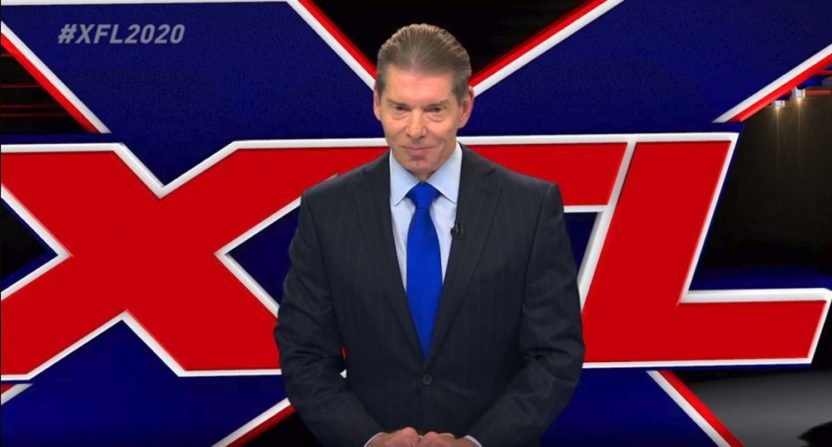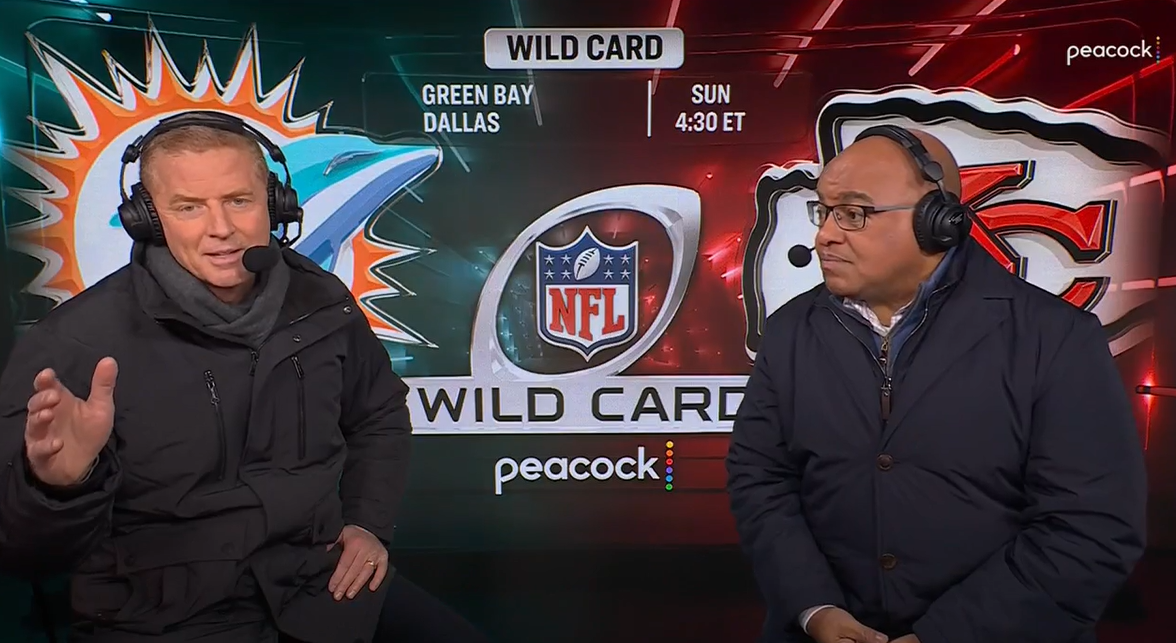While the Super Bowl may be over, another football league is just getting rolling. The new XFL begins regular-season play Saturday, and all of its games will be televised on various ESPN and Fox networks (ABC, ESPN, ESPN2, Fox, FS1 and FS2). But those broadcasts are going to be a bit different than what you typically see on a NFL or NCAA game, and a key part of that is going to come on the audio side, where the league is allowing broadcasters much more access than other leagues; that includes further ways to capture the sounds of the game and of quarterback/coach communication, but also immediate interviews with players, coaches, replay officials and more.
John Ourand has a piece at Sports Business Journal outlining many of the details here, with quotes from ESPN’s Seth Markman and Bill Bonnell and Fox’s Brad Zager particularly standing out:
“The XFL has basically called themselves the league of ‘yes’ to us,” said Seth Markman, ESPN’s vice president of production. “There hasn’t been one idea that we’ve come to the league with that they’ve said no to.”
…“Instead of a staged interview at the end of the first or third quarter or during halftime, we can make it much more organic and a natural part of the broadcast,” said Brad Zager, Fox Sports executive producer, executive vice president and head of production and operations. “They just scored a huge touchdown, of course you’re going to hear from the quarterback, and of course you’re going to hear from the coach.”
…ESPN coordinating producer Bill Bonnell, who worked on the XFL’s first iteration, said that during the scrimmage between DC and the Seattle Dragons he had what he described as 10 “wow moments.”
“It had to do with access and it had to do with audio and sound — being able to listen in to conversations and play calling,” he said. “There are a lot of elements that could potentially be groundbreaking. For a football fan or a football viewer, it’s going to be interesting.”
Given that much of the most notable impact of the first XFL came from broadcasting innovations around it, such as Skycam, miked-up players, and locker room access, it makes sense that the new one is also focusing on what can be tried on the broadcast side. That should help it get some more attention, and it should also give the curious one more reason to tune in.
There’s logic here for broadcasters beyond just hopefully ratings boosts, too. Nnot every new broadcasting approach is received well, especially right away, and smaller broadcasts are often a place where new things can be tested out with less potential downside if it they don’t work. That’s why we see more experimental work on things like ACC Network soccer broadcasts and the Pro Bowl; if the new approach works and is liked, great, it can be spread to other things, but if it doesn’t, there aren’t as many people upset.
Also, league cooperation is absolutely crucial to trying out new broadcasting approaches, and the XFL seems to be providing that in spades. And it makes sense for them to do that; they’re trying to sell a new and different spring football league, in a space where many leagues have failed before (including the AAF just last year), and they need their broadcasting partners to be on board in order to do that. And giving those broadcasting partners everything they ask for in terms of access and innovations certainly helps there.
For the XFL to actually gain traction, though, it can’t just be a mad broadcasting scientist laboratory. The broadcasts still need to be cohesive and watchable games, and they still need to be recognizable as football. And not all innovation is good innovation; it’s worth trying new things, especially on broadcasts like this, but there’s a line to how much you can do, and not all of those innovations are going to work well in the end. And with quotes like Markman’s above indicating that the league isn’t going to say no to broadcasters’ requests, that puts some pressure on the broadcasters themselves to know when it’s time to experiment and when it’s time to reel it in.
It seems that everyone involved has a pretty good sense of the balance that needs to be struck, though, with Zager also telling Ourand that “We still want it to look like big-time professional football.” For those interested in different broadcasting approaches and innovations, it sounds like there will be plenty to watch with the XFL, but Fox and ESPN will need to find the right balance to make their games both stand out and remain watchable.





